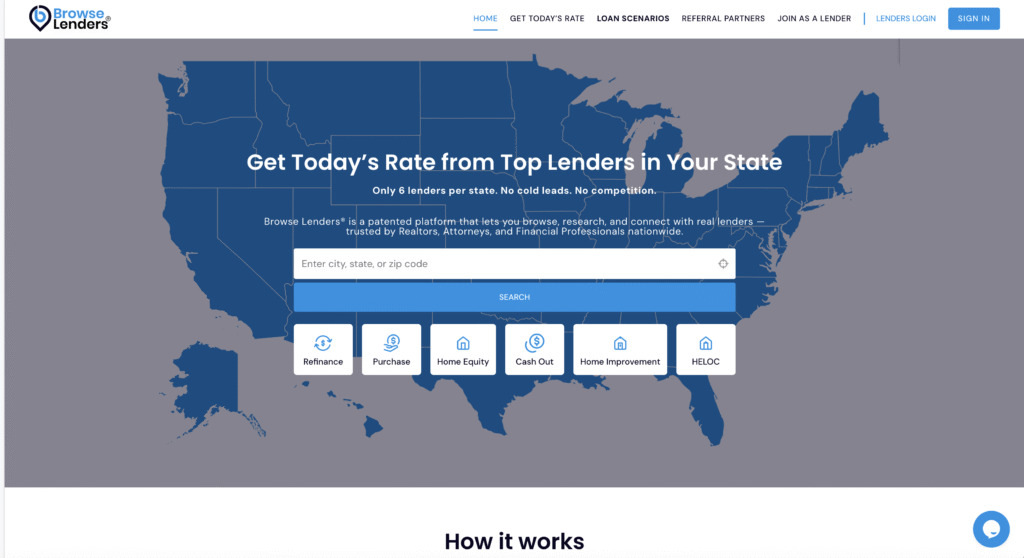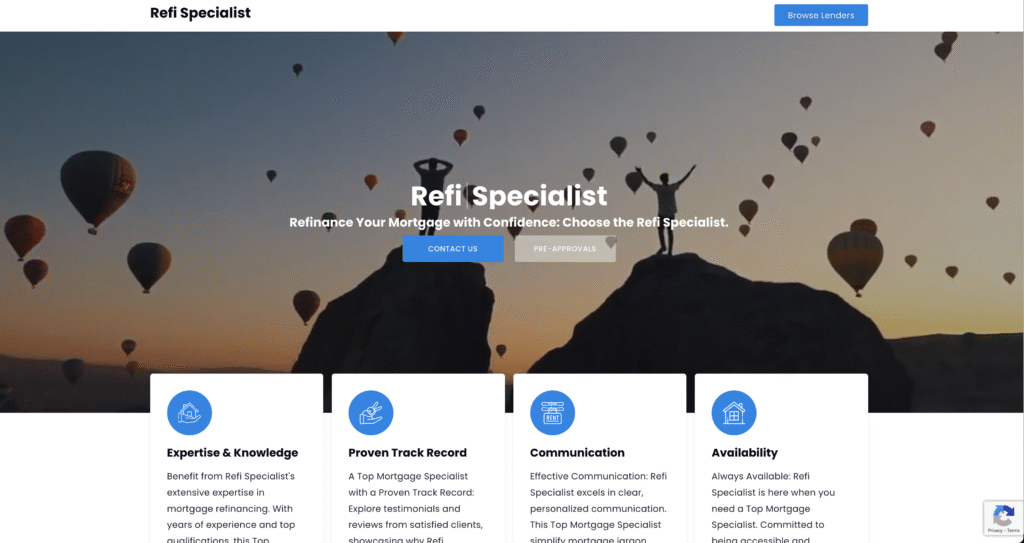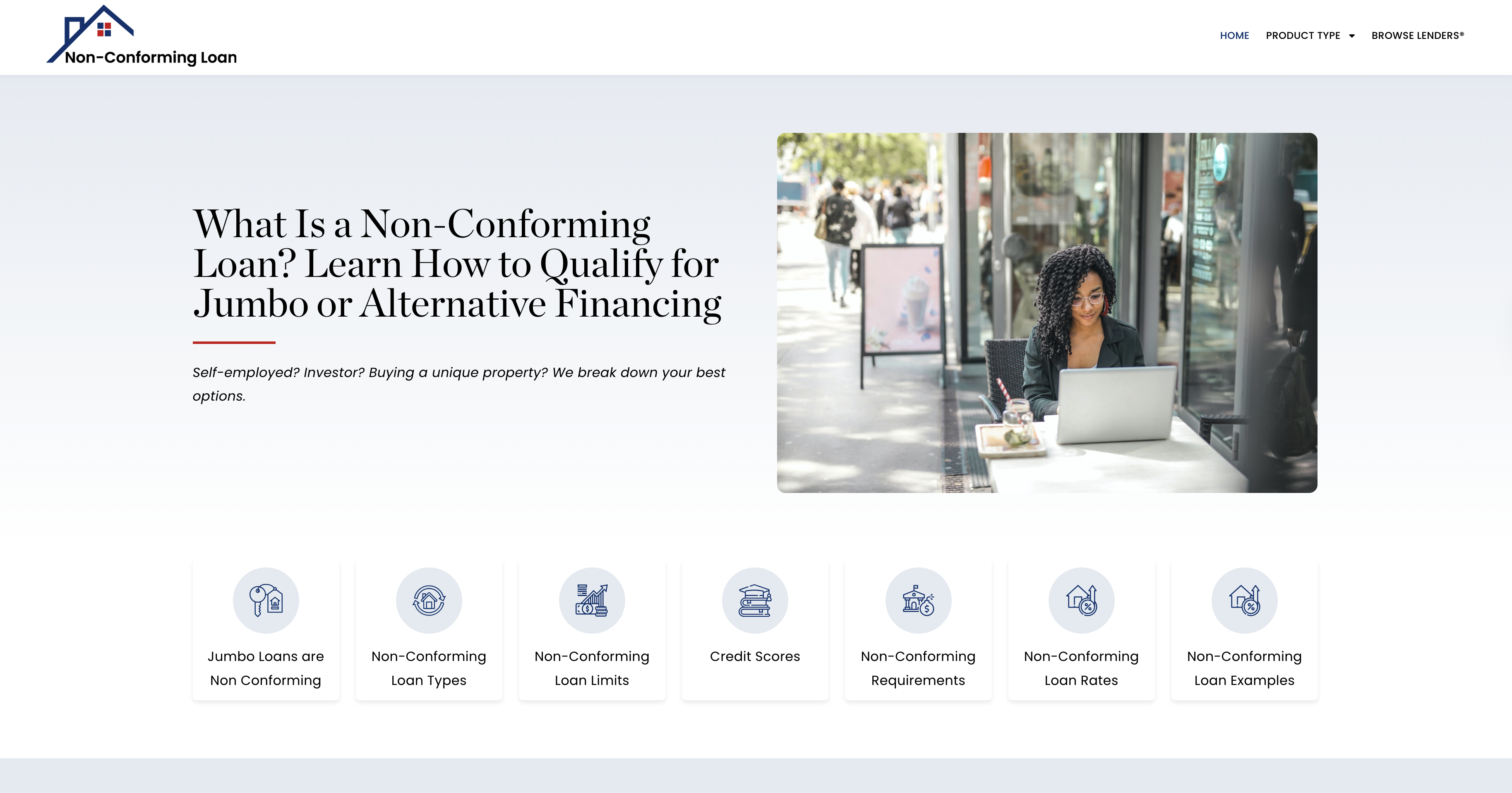Why Credit Readiness Has Become a Risk Variable in Modern Insurance
Insurance has always been about risk — not just the risk of loss, but the risk of instability. In today’s financial landscape, a client’s ability to maintain, renew, or qualify for the coverage they need is increasingly tied to their financial readiness, not just their claims history or premium tolerance. As lending risk models continue to tighten, the client’s middle credit score now directly influences their ability to protect assets, refinance property tied to insurance requirements, and maintain continuity of coverage after major life events.
Insurance professionals are realizing that there is a critical connection between credit posture and insurability — a connection most consumers do not see until they are already in crisis. When a client discovers too late that they cannot refinance, restructure, or qualify for the coverage level their situation demands, it affects not only the client’s risk profile — it affects the agent’s retention and the long-term stability of the policy relationship.
This is why more multi-line agents and brokers are incorporating readiness conversations before underwriting bottlenecks occur.
What the Middle Credit Score® Represents in an Insurance Context
Clients often believe that as long as they pay premiums, they are “safe.” But when an underwriting change, refinance-triggered requirement, property transfer, or loss event occurs, their financial posture suddenly becomes relevant. And what lenders — and risk assessors — rely on is the middle credit score, not the consumer-facing score the client sees on an app.
For insurance, that score often determines:
- Whether a client can refinance a property tied to coverage
- Whether they can qualify for an umbrella or protection product
- Whether they can restructure debt to maintain premiums
- Whether they can retain ownership after a triggering life event
In other words, the middle score doesn’t just affect lending — it affects future insurability itself.
Why Insurance Agents Are Addressing Readiness Upstream
Insurance agents are discovering that the most preventable threats to retention are not market conditions or competition — they are client instability. When a client is forced to liquidate a property, downgrade protection, or cancel coverage due to financial positioning rather than choice, the policy relationship is disrupted not because the client changed agents — but because qualifying ability changed beneath them.
By helping clients understand readiness early, agents:
✅ Reduce preventable policy lapses
✅ Improve client continuity through life events
✅ Safeguard insurability windows
✅ Increase trust and advisory positioning
✅ Protect renewal revenue and persistency ratios
Agents who help clients stay eligible become more than policy providers — they become stability partners.
First Scenario (Property-Based, Retention Impact)
A homeowner intends to refinance after a rate reset to lower monthly obligations and free up discretionary income. Their insurance agent has advised them to maintain high-level coverage and umbrella protection to mitigate liability exposure tied to new property improvements. The client believes refinancing will be simple, because their consumer credit app shows a strong score. But when underwriting evaluates the middle score, they fall below eligibility requirements. Without the refinance, the cash flow relief never materializes — and the client downgrades their coverage out of necessity, not choice.
The agent did nothing wrong. The coverage strategy was sound. The breakdown occurred because readiness was never verified through the score underwriting actually uses.
The client blames financial stress, but what they subconsciously lose is confidence in their insurer. Not in cost — in support.
This is what insurance professionals are now preventing:
the back-end erosion of policy stability caused by front-end uncertainty.
Why Credit Readiness Is Now a Retention Strategy
Retention is no longer about contact frequency or rate competitiveness — it is about keeping clients eligibility-ready for the insurance structure that protects them.
A client who cannot qualify to maintain or restructure property becomes a forced churn statistic, even if they never wanted to leave.
Retention is strongest where readiness exists.
This is why leading brokers and multi-line agencies are reframing financial literacy as risk literacy. The middle credit score is no longer a lending detail — it is an insurability gatekeeper.
Why the Middle Credit Score® Also Impacts Personal Protection & Life Insurance Planning
While property and casualty policies are directly attached to physical assets, life insurance and long-term protection products are tied to future security and underwriting probability. Underwriters do not just evaluate health — they evaluate financial stability as a signal of risk.
A client who appears financially strong on the surface may still fall into a higher-risk classification if their middle credit score signals volatility. This can affect:
- Eligibility for certain life products
- Pricing tiers and underwriting classes
- Approval timelines during time-sensitive planning
- The financial integrity of a broader protection strategy
This is why readiness is now part of insurability, not just lending.
When a divorce, estate transfer, or financial restructuring event occurs, insurance often becomes a safety net — but the effectiveness of that safety net depends on qualification. The client’s middle credit score determines whether that protection can be acquired, maintained, or upgraded when it matters most.
The Second Scenario (Life Insurance)
A client experiences a major life transition and needs to secure new coverage as part of planning for their dependents. They believe they will qualify smoothly, because they have paid every bill on time and maintain stable income. But underwriting uses the middle credit score as part of their composite risk analysis, and the client is quoted significantly higher premiums — or worse, approval is delayed past the point of strategic timing.
The shock is not simply financial.
It is psychological.
The client thought they were prepared, only to discover they were exposed.
When someone is trying to protect family continuity — especially during transitions — being told “not now” is destabilizing. And even though underwriting was the barrier, the emotional disappointment is tied to a sense of loss of protection.
This is where insurance agents who incorporate readiness early are now outpacing those who respond only at the underwriting stage. They are not “selling more” — they are helping clients remain insurable.
Why Insurance Professionals Are Quietly Moving Readiness to the Front of the Relationship
Insurance clients rarely leave because of price alone — they leave because they feel unprotected, unheard, or unsupported when stability is threatened. Agents who give clients awareness of readiness before they need it earn something more durable than a renewal — they earn trust.
And trust is the highest form of retention.
Middle Credit Score® supports insurance agents by:
✅ Preventing coverage downgrades caused by lending setbacks
✅ Protecting future insurability windows
✅ Reducing financial surprises during underwriting
✅ Helping agents retain clients through life transitions
✅ Differentiating protection-oriented advisors from transactional policy sellers
Agents who operate as risk interpreters instead of policy technicians become indispensable to the client relationship.
Why This Also Strengthens Referral Value
When a client experiences preparation — not salvage — they begin to associate the agent with guidance, not just coverage. That is the turning point between a standard P&C relationship and a trusted advisor relationship, which is the foundation of high-quality referral-based books of business.
Most insurance producers believe referrals come from satisfaction.
In reality, referrals come from stability.
A client who felt “protected before exposure” becomes loyal — and loyalty compounds.
Platform Resources Insurance Agents Leverage Most
Insurance agents use Middle Credit Score® for a different reason than Realtors or CPAs. They are not protecting a transaction — they are protecting coverage continuity and underwriting eligibility.
The platform gives them a neutral tool to accomplish this without becoming financial advisors.
✅ Support Center
Clients understand readiness without the agent needing to explain technical credit metrics.
✅ Educational Articles
Helps clients connect credit posture with insurability in simple language.
✅ Calculators & Tools
Shows clients what readiness means in both cost and eligibility terms.
✅ Real-World Case Studies
Illustrates how insurability can collapse when readiness is missing.
✅ Guides & Improvements
Clients can self-improve without the agent needing to intervene or coach.
Most importantly:
It does not undermine the agent’s role — it reinforces it.
Why This Matters to Agency Growth and Stability
Persistency, renewals, cross-line expansion, and referral lift all depend on one underlying factor: stability.
When clients feel stable, they stay.
When underwriting friction surprises them, they destabilize — and destabilized clients become reactive clients, which is when churn risk rises.
Readiness is not just a consumer education benefit — it is a retention safeguard.
When Client Stability and Insurability Intersect
In insurance, timing matters — not just after a claim, but before a policy decision. Many of the most serious coverage breakdowns occur not when something goes wrong, but when a client isn’t ready for what they thought they could qualify for. That lack of readiness becomes a risk factor all by itself.
This is why the most forward-thinking insurance professionals are reframing financial readiness as risk prevention, not “credit education.” It protects insurability the same way loss mitigation protects underwriting.
Where the CPA sees strategy,
the attorney sees enforceability,
the insurance agent sees continuity — continuity of protection, coverage, and client trust.
The Third Scenario
A client finalizes a divorce and intends to maintain long-term coverage on the home and a new life policy to protect dependents. The decree is structured, the property is secured, and the insurance transition timeline is mapped out. However, during underwriting, the middle credit score disqualifies the client from the protection level originally intended. The policy they believed would provide continuity instead becomes more expensive or out of reach. The client feels blindsided — and unprotected — at the exact moment they are trying to rebuild stability.
From the client’s emotional perspective, it is not “underwriting guidelines.”
It is “I got left exposed.”
That emotional moment dictates loyalty — or loss of loyalty.
Had readiness been established before the protection strategy was finalized, this outcome could have been prevented.
Why This is Becoming a Standard Retention Practice
Insurance relationships have long been built on renewals, but the modern era of risk management is shifting from policy renewal to client stability maintenance. Protecting the client’s ability to qualify for protection has become as important as the coverage itself.
This is where readiness creates a structural advantage:
| Without Readiness | With Readiness |
|---|---|
| Protection plan collapses post-event | Protection remains intact |
| Client feels unprotected after the fact | Client feels safeguarded before risk |
| Agent reacts | Agent is seen as anticipatory |
| Coverage loss = relationship loss | Continuity = long-term retention |
The highest-value clients are the ones who stay — and stability is what makes them stay.
Why Middle Credit Score® Is Especially Powerful for Multi-Line Agents
Multi-line advisors are already “whole picture” professionals. They do not simply sell auto or home or life — they protect lifestyle continuity. By incorporating readiness:
✅ They reduce future decline risk
✅ They improve insurability timing
✅ They strengthen cross-line relationships
✅ They increase policy stickiness
✅ They protect lifetime client value
When clients feel protected across transitions, they don’t shop around.
They preserve the relationship — and the agent becomes a permanent advisor.
Part of a Larger Consumer Protection Ecosystem
Middle Credit Score® is part of a national ecosystem of literacy-based financial education platforms that exist to prevent breakdowns at the point of execution. Insurance agents are not referring clients into a product pipeline — they are directing them into education that stabilizes insurability.
This is what keeps the platform fully compliant and agent-neutral:
❌ No lender tie-in
❌ No policy selling
❌ No cross-marketing
❌ No repair fees
✅ Education-only
✅ Protection-first
✅ Stability-driven
The agent remains the advisor.
The platform removes blind spots.
The Advisory Advantage: Trust Before Underwriting
In insurance, underwriting is not simply a processing event — it is a trust checkpoint. When the outcome matches what the client expected, trust deepens. When the outcome fails due to readiness gaps, confidence erodes.
By giving clients clarity before underwriting, agents remove surprise — and surprise is the number one catalyst for client distrust in insurance relationships.
Who Is Using Middle Credit Score® in the Insurance Industry
Adoption among insurance professionals continues to grow across both personal lines and protection-based practices. Agents are recognizing that insurability is now tied to credit posture, and that preparation is the most reliable way to prevent future disruption in coverage or retention.
The professionals most commonly integrating readiness include:
- Property & Casualty agents (home, auto, umbrella)
- Multi-line agents protecting both assets and income pathways
- Independent brokers who prioritize client relationship longevity
- Captive agents seeking higher retention and persistency metrics
- Financial protection / life insurance producers
- Boutique and high-net-worth risk advisors
They are not using the platform to “sell policies.”
They are using it to ensure clients remain eligible to KEEP policies.
Why Adoption Is Accelerating
Insurance professionals are seeing Middle Credit Score® as a preventive retention tool, not a credit tool. The biggest threats to retention today are NOT:
❌ Agent switching
❌ Price-driven churn
❌ Competitor poaching
The biggest threat is client instability — losing insurability or restructuring power due to credit posture the client did not realize would matter until it was too late.
This is why high-trust advisors are integrating readiness before underwriting:
| Adoption Driver | Impact on Insurance |
|---|---|
| Protecting client continuity | Stronger long-term persistency |
| Avoiding forced coverage changes | Increased retention stability |
| Preventing lapse-triggering events | Better policy performance |
| Maintaining eligibility | Better underwriting outcomes |
| Becoming a trusted advisor | Higher referral rate |
Retention is no longer about “who they buy from” —
it is about who protects them before they’re exposed.
Why the Middle Score Is a Risk Stability Indicator for Advisors
To lenders, the middle credit score is a risk anchor.
To underwriters, it is a qualification signal.
To agents, it is a continuity predictor — a leading indicator of whether the client can stay protected.
Insurance breakdowns often occur not because the policy changed, but because the client’s financial readiness collapsed at the wrong time — refinancing delays, debt restructuring failures, forced sales, etc.
When readiness is established early, eligibility survives.
The Shift Toward Advisory-Grade Insurance Service
The professionals leading this shift are not the ones competing on price — they are the ones competing on protection value. They are evolving from “policy providers” to risk interpreters — and that is exactly why clients stay with them long-term.
Clients don’t remember who gave them the cheapest quote.
They remember who kept them protected when it mattered.






